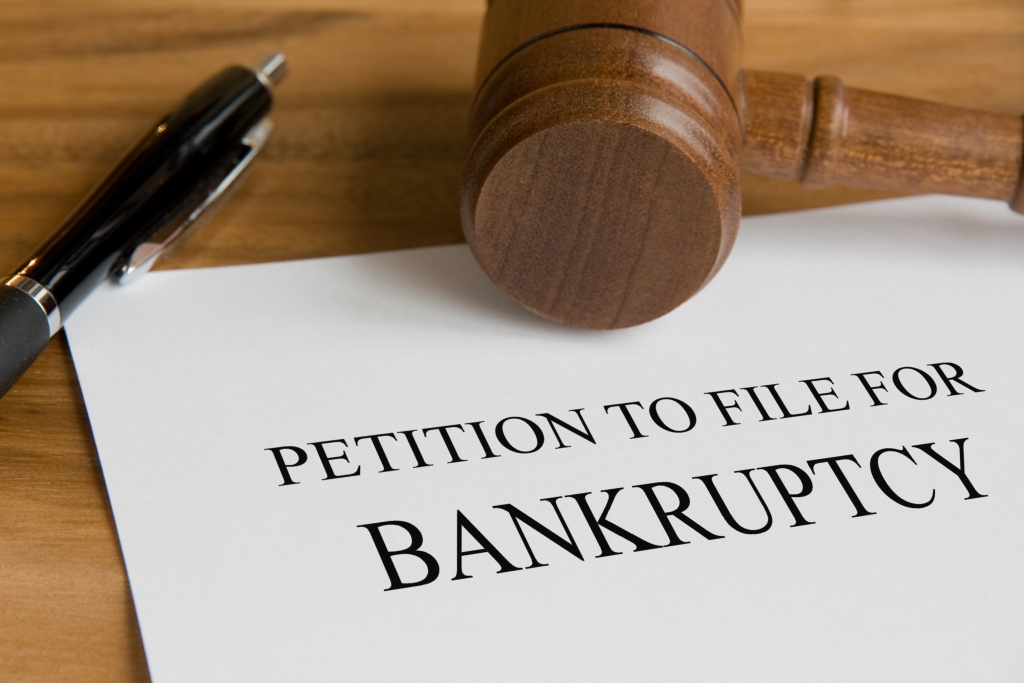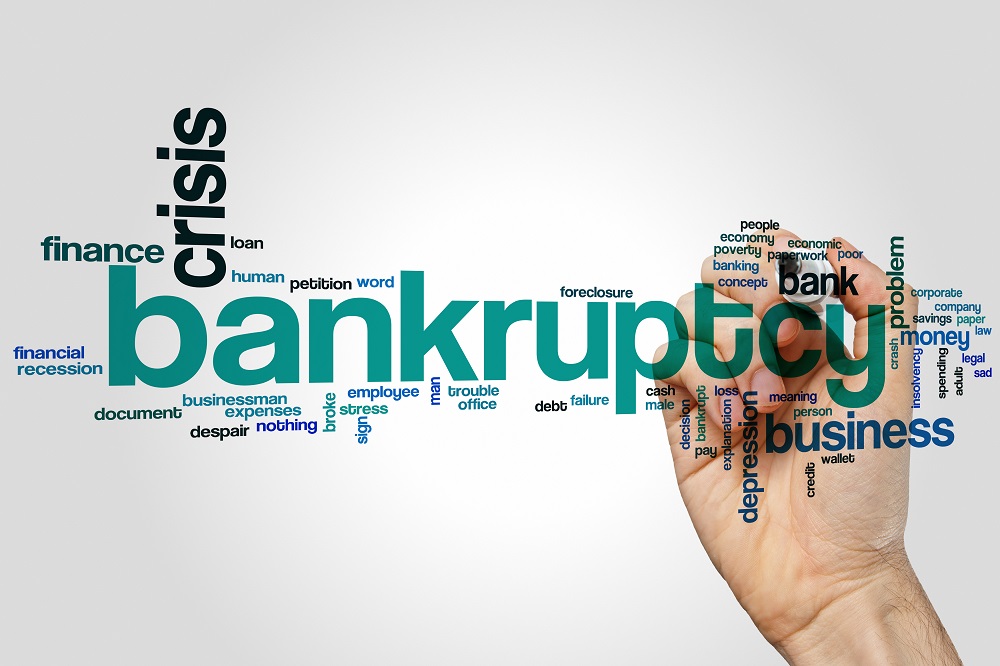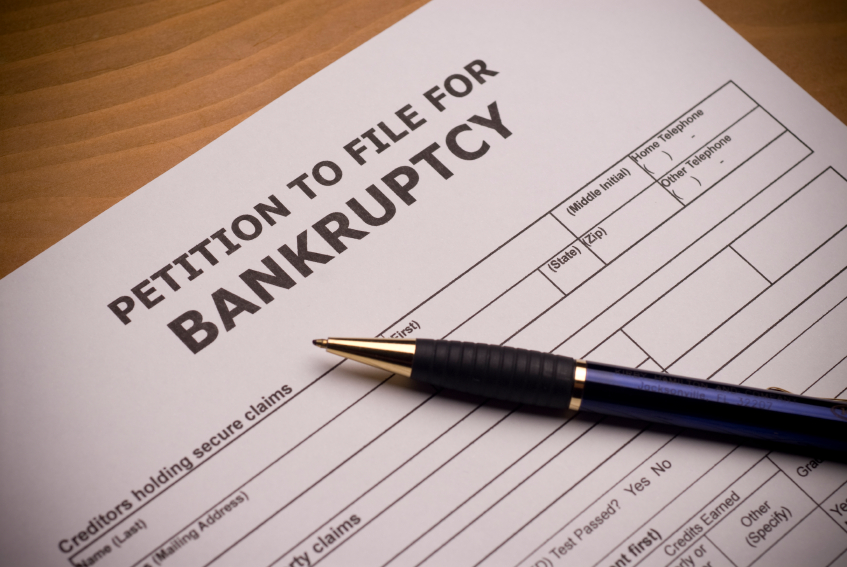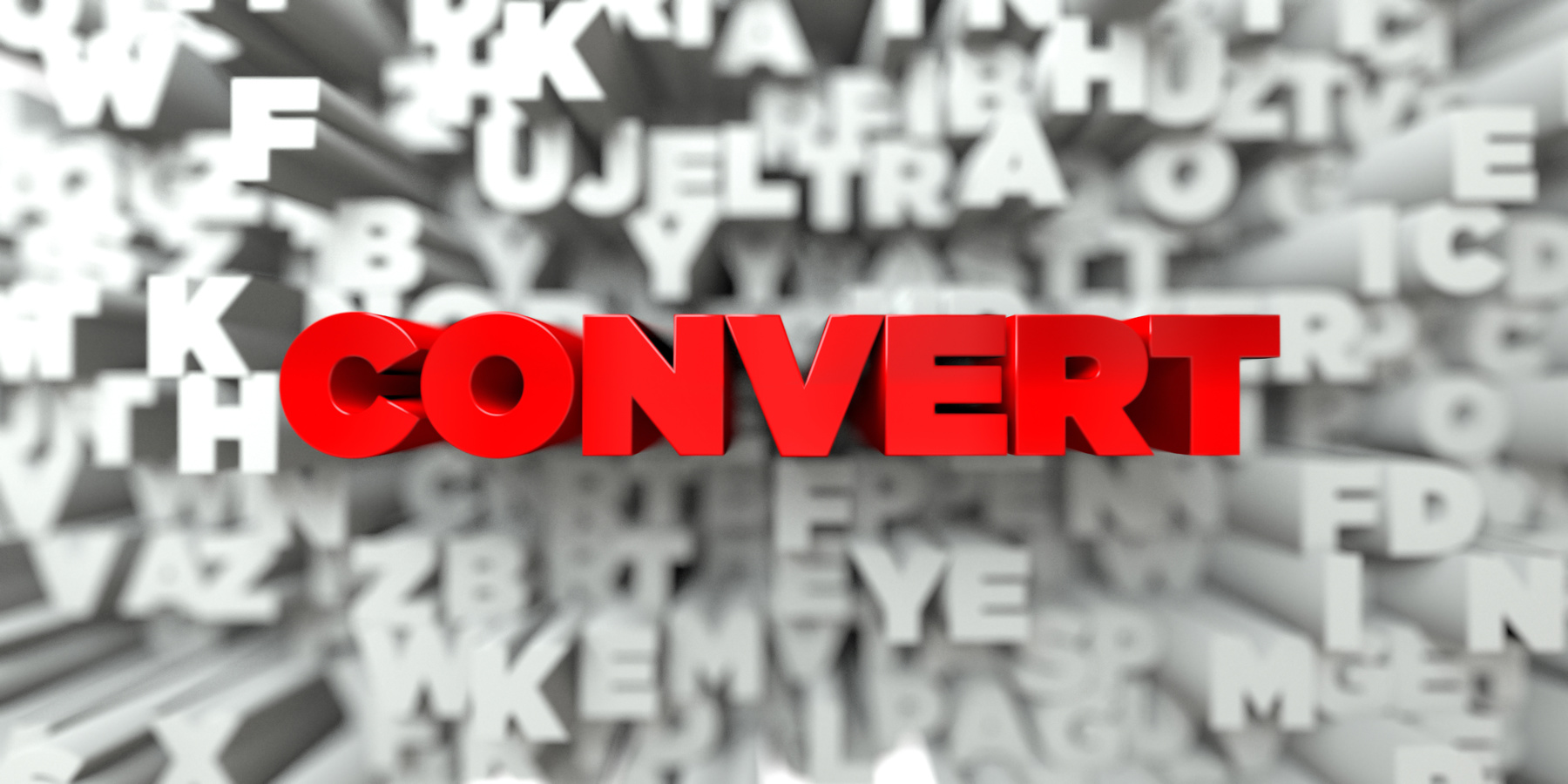What Are the Differences between Chapter 7 and Chapter 13 Bankruptcy?
If you are facing financial difficulties, you might want to consider filing bankruptcy protection. For individuals and couples, there are two common kinds of bankruptcy that are filed. Which kind you should file is dependent on your circumstances and your assets. A Chapter 7 bankruptcy basically wipes the slate clean and gets rid of all your debts. A Chapter 13 bankruptcy is a debt reorganization, which allows you to cover the costs of your debts in a set monthly payment spread out for a period of three years to five years. Let’s see the differences between Chapter 7 and Chapter 13 bankruptcy.
What are the Specific Differences Between Chapter 7 and Chapter 13 Bankruptcy in Arizona?
Known as a liquidation bankruptcy, Chapter 7 bankruptcy includes an automatic stay upon filing, which stops most of your creditors from pursuing collections. A trustee is appointed to serve as your case administrator. The trustee will review your bankruptcy filing documents and will review your bankruptcy papers. The trustee will also sell any property you own that does not fall into your bankruptcy exemptions list. The proceeds raised from the sale will go toward paying your creditors for your outstanding debts. If you don’t have non-exempt assets when you file bankruptcy, your creditors will not receive anything.
A Chapter 7 bankruptcy is a good choice for debtors with low-incomes and few or no assets. It can also be a good choice if the debtor’s debts exceed the value of the property that is sold. This is particularly true if the trustee will apply the funds that are raised to debts that cannot be discharged, such as child support or alimony arrearages or past due tax bills. If you are behind on your car or mortgage payments and want to keep those assets, Chapter 7 bankruptcy is not the best option. With a Chapter 7, you will surrender secured property that you own if you are behind on the payments.
If you are a debtor with a regular income that leave you with enough funds to pay back at least a portion of your debts each month, a Chapter 13 bankruptcy might be the best choice. This is a debt reorganization plan that allows you to repay your debts over a set timeframe. Often, a Chapter 13 debtor makes too much money to file a Chapter 7, but at other times, the debtor could file Chapter 7 but chooses to go with a Chapter 13 to catch up past due payments on secured property, such as real estate or vehicles. You can even strip unsecured liens from your home by filing a Chapter 13 bankruptcy.
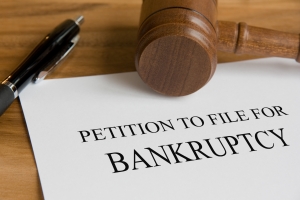 When you file Chapter 13 bankruptcy, you can keep all your property. This means you can even keep non-exempt assets if you pay your creditors an amount equal to the total value of property that is not exempt. In return, a repayment plan is set up that lets you pay back a portion of or all your debts. The amount you repay is based on the kinds of debts, the expenses, and your income. This bankruptcy is ideal for individuals who have non-dischargeable debts, such as taxes, alimony, or child support in arrears that they would like to pay off during a three-to five-year period or who have fallen behind on car and house payments but want to catch them up and keep the property. Chapter 13 is also a great choice for those who need some relief from debts, but they do not meet the qualifications to file Chapter 7 bankruptcy.
When you file Chapter 13 bankruptcy, you can keep all your property. This means you can even keep non-exempt assets if you pay your creditors an amount equal to the total value of property that is not exempt. In return, a repayment plan is set up that lets you pay back a portion of or all your debts. The amount you repay is based on the kinds of debts, the expenses, and your income. This bankruptcy is ideal for individuals who have non-dischargeable debts, such as taxes, alimony, or child support in arrears that they would like to pay off during a three-to five-year period or who have fallen behind on car and house payments but want to catch them up and keep the property. Chapter 13 is also a great choice for those who need some relief from debts, but they do not meet the qualifications to file Chapter 7 bankruptcy.
If you are interested in filing bankruptcy in Arizona, consult with an Arizona bankruptcy attorney today. A lawyer will help you determine which kind of bankruptcy will help you get your finances back on track.

